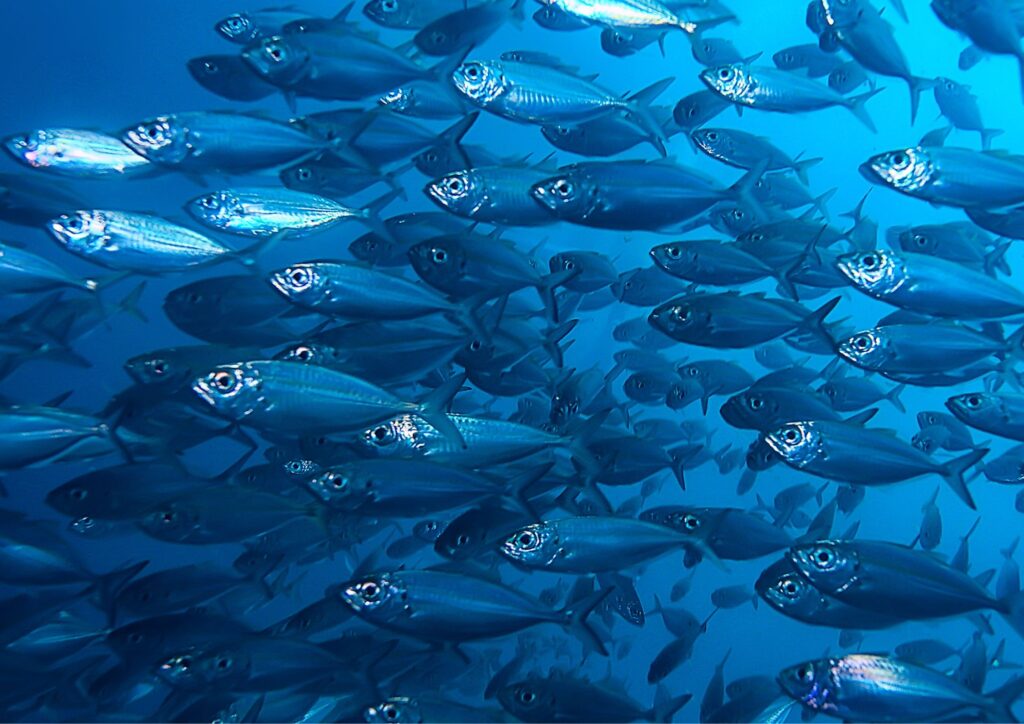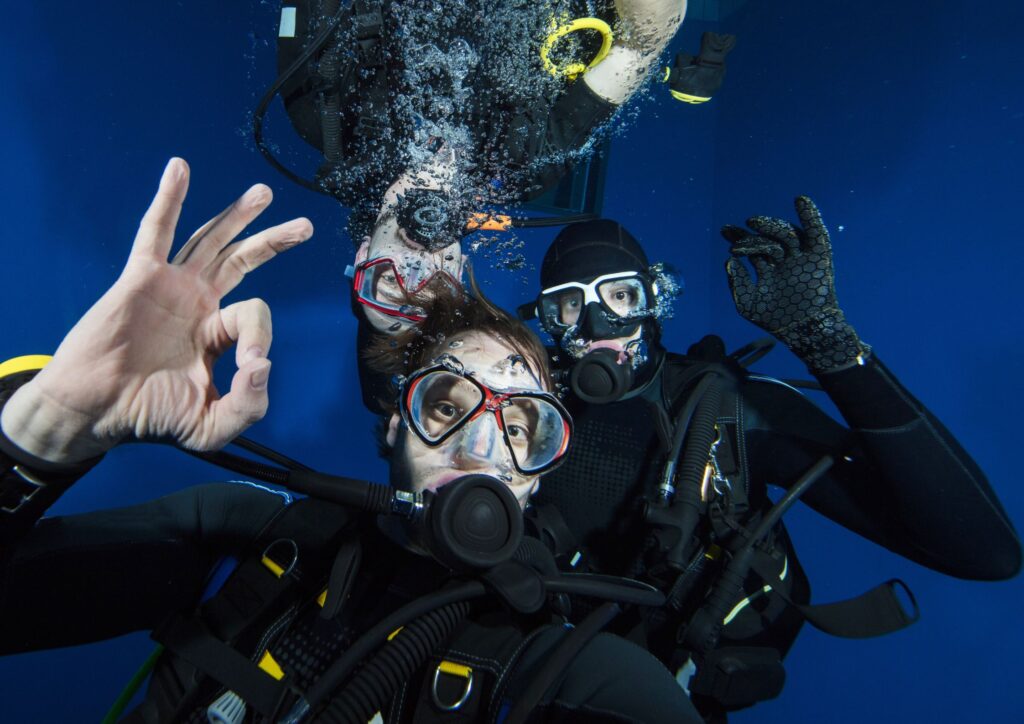As divers, we’ve all been there – swimming against the sea currents, feeling like we’re getting nowhere. But fear not! With some expert tips and tricks, you’ll be riding the tide in no time. In this blog post, we’ll explore the world of sea currents and give you the lowdown on how to navigate them like a pro.
Understanding Sea Currents
Sea currents are caused by the movement of ocean water due to wind, tides, and the Coriolis force. They can be powerful and unpredictable, making it essential to understand their direction and speed before diving into the unknown. When planning your dive, make sure to check the local weather forecast and marine conditions to get an idea of the current’s strength and direction. A good rule of thumb is to follow the direction of the wave – if the waves are breaking from the north, it’s likely that the current will be moving in a northerly direction as well.

Using Your Compass
Your trusty compass is your best friend when navigating sea currents. Make sure to set your declination (the difference between magnetic and true north) before heading out, and use it in conjunction with your dive computer or GPS device. If you’re unsure of the current’s direction, take a reading from your compass and use it to guide you back to shore.
Identifying Sea Current Markers
Sea currents can be marked by changes in water temperature, salinity, or even the presence of certain marine life. As you swim, pay attention to any unusual features that might indicate a change in the current’s direction. Sand ripples, for instance, can be a sign of an eddy or whirlpool forming. Keep an eye out for these markers and use them to adjust your route accordingly.
Riding the Tide: Tips and Tricks
So, you’re ready to ride the tide! Here are some additional tips and tricks to help you navigate sea currents like a pro:
* Always dive with a buddy – having someone to watch your back can make all the difference in case of an emergency.
* Stay calm and patient – panicking will only increase your heart rate and decrease your visibility underwater.
* Keep your body position neutral – swimming horizontally will help you conserve energy and avoid getting swept away by the current.
* Use your dive computer or GPS device to track your route and stay on course.
* And finally, remember that it’s okay to ask for help – if you’re unsure of how to navigate a particular current, don’t be afraid to seek guidance from a more experienced diver.

Conclusion
Riding the tide is all about understanding and respecting the power of sea currents. By following these tips and tricks, you’ll be well on your way to navigating even the most challenging tides like a pro. Remember to always prioritize your safety and the safety of those around you, and never be afraid to ask for help. Happy diving!
The Bottom Line For Navigating Sea Current in Bali
Navigating sea currents in Bali is a critical skill for divers seeking a safe and enjoyable experience. The strong and varying currents around popular dive sites such as Nusa Penida, Nusa Lembongan, and the Gili Islands can be challenging even for experienced divers. Understanding the tide schedules, current patterns, and weather conditions is essential.
It’s advisable to dive with local guides who possess in-depth knowledge of these waters. Utilizing reef hooks and mastering drift diving techniques can also enhance safety and control. Whether exploring the vibrant coral reefs or encountering majestic manta rays and Mola Mola, being prepared for Bali’s dynamic underwater environment ensures a rewarding and unforgettable diving adventure.
In conclusion, riding the tide is all about understanding and respecting the power of sea currents. By following these tips and tricks, you’ll be well on your way to navigating even the most challenging tides like a pro. Remember to always prioritize your safety and the safety of those around you, and never be afraid to ask for help. So go ahead, grab your gear, and get ready to ride the tide!

Love how you broke down the sea currents and provided tips for navigating them! As a beginner, I found this post super helpful. Can’t wait to put my new knowledge into practice!
Hi Ling Ling Tan, thank you so much for taking the time to read our blog post! We’re thrilled to hear that it was helpful and provided valuable insights for a beginner like yourself. As a reminder, if you ever need any guidance or have questions about navigating sea currents in Bali, don’t hesitate to reach out to us at [email protected] or give us a call at +65 6734 9373. We’re always here to help. Happy diving and we look forward to hearing about your future underwater adventures!
I totally agree with the importance of understanding sea currents! As a dive instructor, I’ve seen many divers struggle with strong currents. Thanks for sharing your expertise and providing helpful tips!
Hi Ahmed, thanks for sharing your experience as a dive instructor! We’re glad to hear that our tips and tricks have been helpful. Remember, safety should always be the top priority when navigating sea currents. If you ever need any guidance or advice on diving in Bali, feel free to reach out to us at Gill Divers. We’re more than happy to help. Tel: +65 6734 9373, Email: [email protected]
What an amazing post! I loved the visual aids and examples you provided. It’s clear that you’re passionate about diving and sharing your knowledge with others. Can’t wait to see what other topics you’ll cover!
Hi Kavitha, thank you so much for your kind words and enthusiasm! We’re thrilled to hear that you enjoyed our post on navigating sea currents. As divers ourselves, we’re passionate about sharing our knowledge with others to help ensure a safe and enjoyable experience underwater. We’ll definitely keep your feedback in mind as we plan future topics. If you have any specific questions or requests, please don’t hesitate to reach out! Our team is always here to help. Looking forward to hearing from you again!